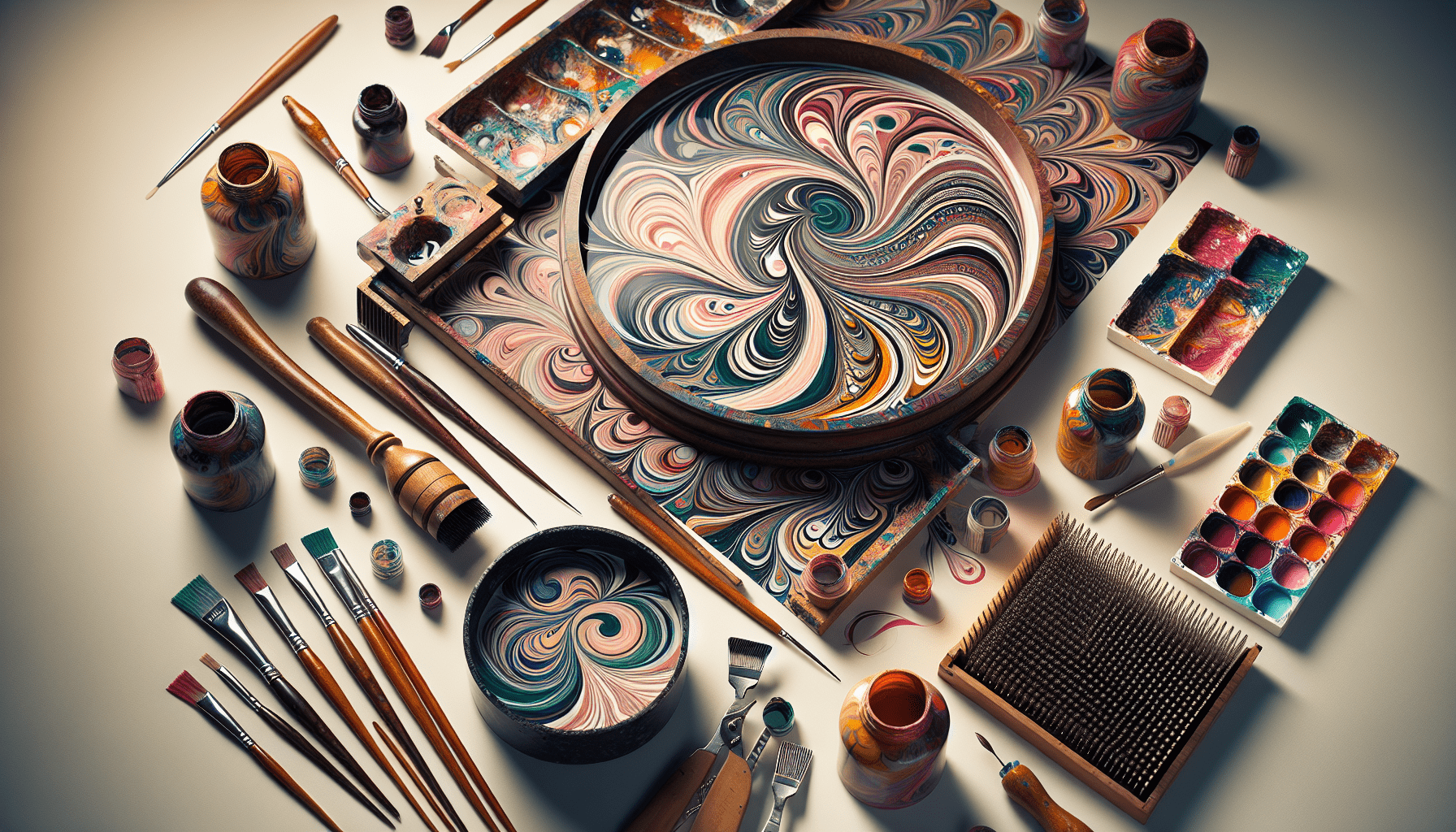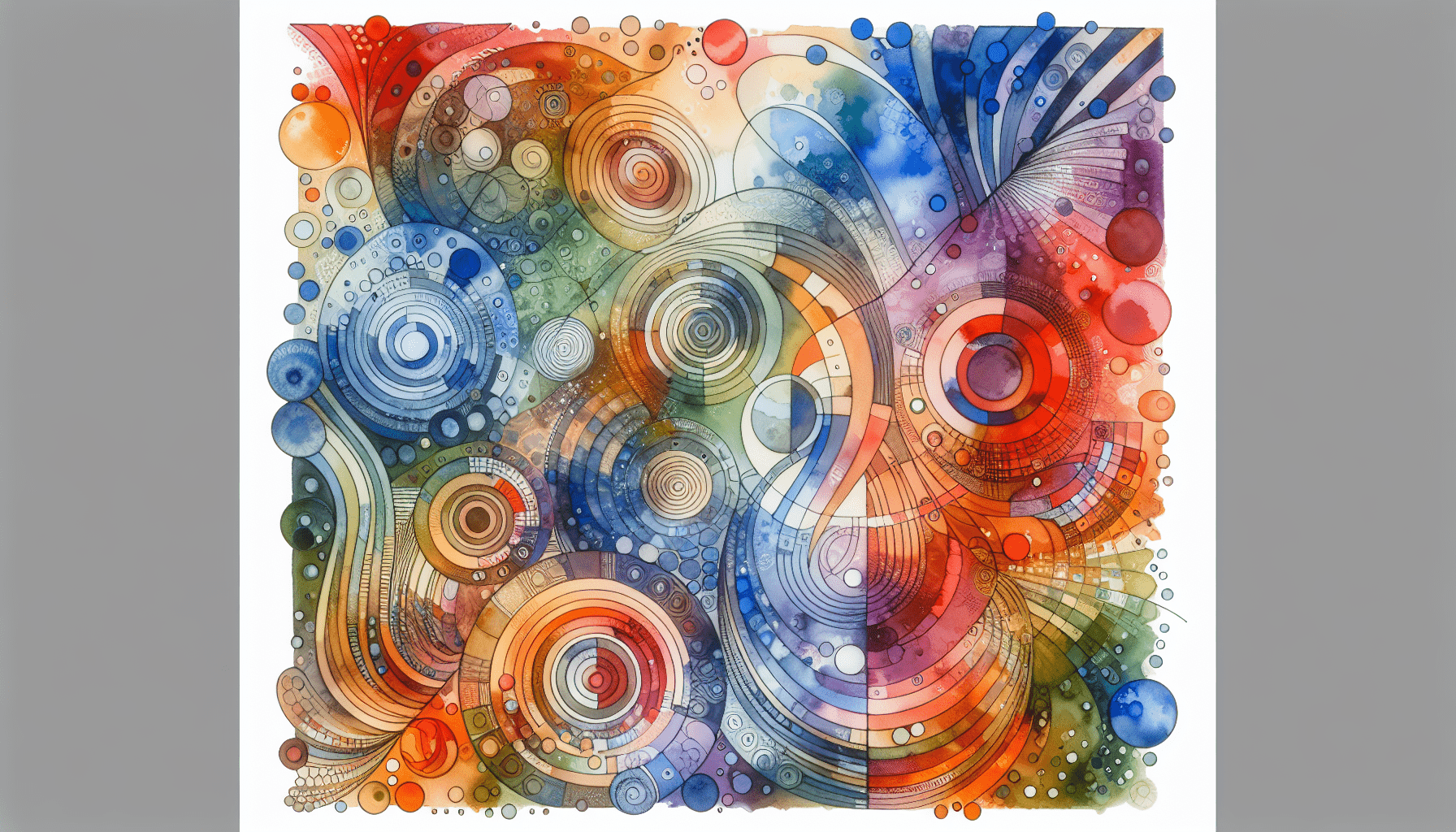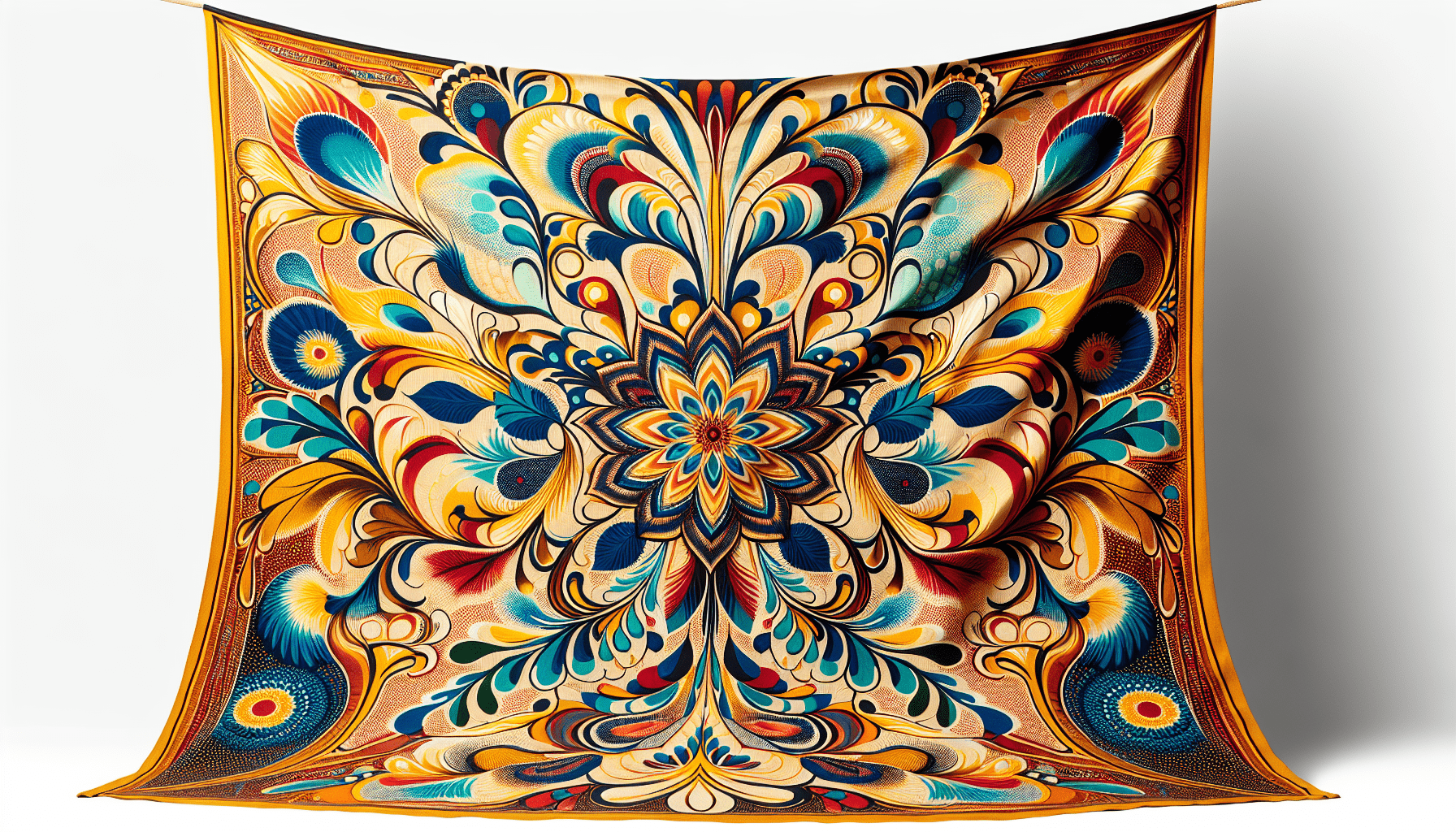Have you ever indulged in the mesmerizing world of marbling only to find that your paint refuses to spread as beautifully as you’d hoped? This common challenge can be frustrating, especially when you’ve envisioned creating intricate, floating patterns reminiscent of a timeless art form. Understanding the factors involved in marbling can make a significant difference in your outcomes and help you achieve the visual aesthetics you desire.
In this article, we will explore the potential reasons your marbling paint may not be spreading effectively. We’ll address various components that could hinder your success, from the properties of the paint and the medium used to environmental factors and technique errors. Additionally, you’ll find practical solutions and adjustments to improve your marbling process.
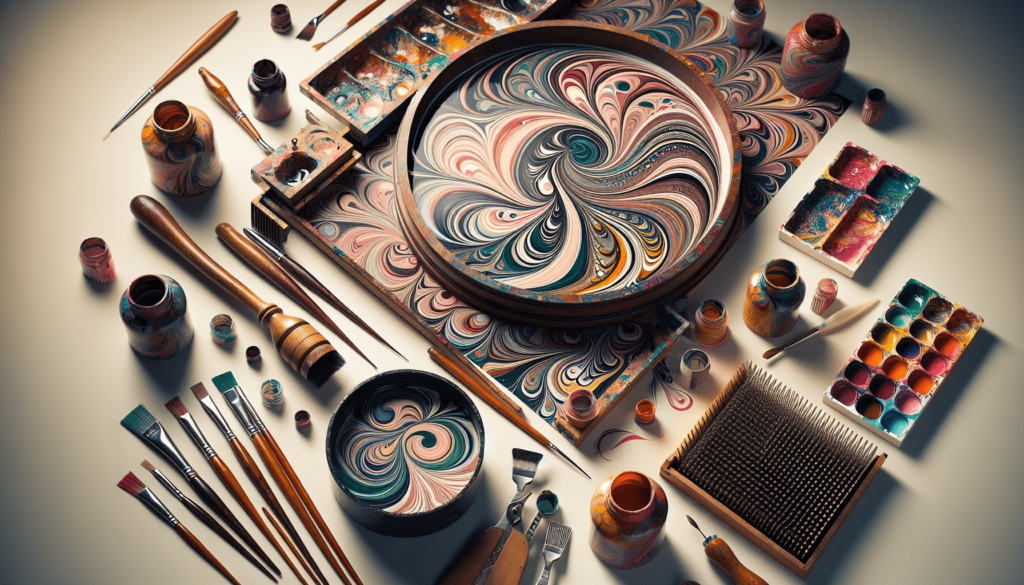
Understanding Marbling Paint
Marbling is a method of aqueous surface design, which can produce patterns similar to smooth marble or other stone. These patterns are the result of floating colors on plain water or a viscous solution, manipulating them, and then transferring the patterns to an absorbent surface, like paper or fabric.
Composition of Marbling Paint
Marbling paint is specifically formulated to float on water surfaces. Its ingredients typically include pigments, binders, and sometimes, surfactants to adjust viscosity. The unique interplay of these components determines how well the paint spreads.
Factors Affecting Paint Performance
Several factors can affect how your marbling paint performs. These include the density of the paint, its interaction with the medium it rests upon, and its ability to spread fine without sinking or creating uneven patterns. Understanding these issues can help in troubleshooting what might be going wrong.
Using the Correct Medium
The medium used in marbling acts as the canvas for your paint. It is typically a thickened solution that allows the paint to float and be easily manipulated.
Types of Mediums
The common mediums used in marbling are water, thickened with substances such as carrageenan or methylcellulose. Each interacts differently with paints, affecting how they spread:
| Medium Type | Characteristics |
|---|---|
| Carrageenan | Produces more stable and slower-moving paint patterns. |
| Methylcellulose | Yields slightly quicker spread and smoother textures. |
| Traditional Water | May require additives to work effectively. |
Preparing the Medium
Proper preparation of the medium is crucial. An improperly mixed medium can hinder the ability of paints to spread effectively. Follow these basic guidelines:
- Mix according to the manufacturer’s instructions, ensuring the medium is lump-free.
- Allow the medium to rest, reducing bubbles that might impede the paint’s flow.
Paint Density and Consistency
The density of the paint can significantly impact its ability to spread on the marbling medium. Paint that is too dense may sink or fail to spread, while overly thinned paint may disperse too rapidly or blend undesirably.
Adjusting Your Paint
Determining the perfect consistency requires experimentation, but here are some general tips:
- Trial Runs: Test small amounts on the medium before starting your main project.
- Viscosity Adjustments: Add small amounts of water to thin or additional pigment and binder to thicken until the desired spreadability is achieved.
- Manufacturer’s Guidance: Check if the paint brand has specific instructions or formulations recommended for marbling.
Surface Preparation
The surface you transfer your marbled patterns to also plays a role in how well the paint spreads and adheres.
Ideal Surfaces for Marbling
While marbling can be done on various materials, some work better than others:
- Paper: Choose slightly absorbent types with enough weight to handle the water content.
- Fabric: Cotton and silk pre-treated for dye absorption tend to perform best.
- Pre-treatment: For untreated surfaces, consider applying a mordant or similar priming solution to enhance paint capture.
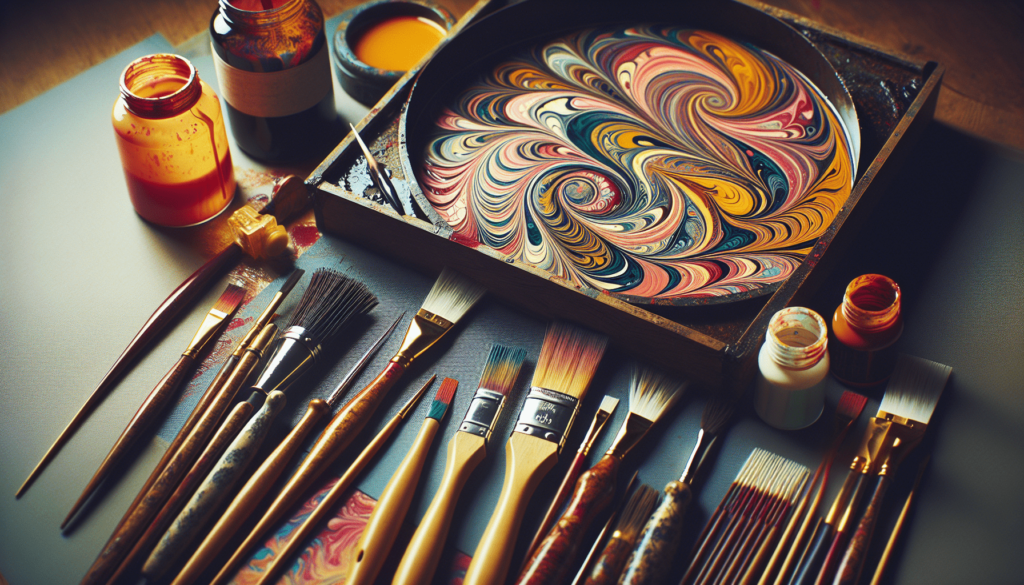
Environmental Factors
Surprisingly, external conditions, such as temperature and humidity, can affect marbling outcomes.
How Environment Affects Marbling
- Temperature: Extremely cold or hot conditions may alter the drying time and paint behavior.
- Humidity: High humidity can affect the drying process, causing the colors to blend more than desired.
- Air Circulation: A draft can disturb the paint patterns before they are transferred.
Technique and Application Errors
Even with the perfect paints and mediums, technique errors can lead to poor paint spread.
Common Mistakes and Corrections
- Pouring Technique: Introduce paint onto the medium gently. Pouring from too high can disrupt the medium’s surface tension.
- Brush and Tool Use: Use tools like styluses or combs sparingly and gently, focusing on guiding rather than pressing down hard.
- Layering: Be mindful of the sequence and amount of paint applied to prevent overcrowding or blending.
Practical Troubleshooting
When facing challenges with marbling, a systematic approach to troubleshooting is essential.
Checklist for Troubleshooting
- Check Medium: Ensure it’s properly mixed and settled, free from excess bubbles or clumps.
- Evaluate Paint: Adjust the consistency if it’s not floating or spreading as desired.
- Review Techniques: Practice your pouring and pattern manipulation, focusing on gentle movements.
- Environmental Control: Adjust room conditions if necessary, trying for a stable, draft-free environment.
Enhancing Your Marbling Experience
Achieving the desired effects in marbling is often about refining your process with practice and patience.
Tips for Improved Performance
- Keep a Journal: Document your marbling experiments, noting what works and what doesn’t for easy reference.
- Experiment with Additives: Some artists add small amounts of surfactants or alcohol to improve paint spread. Test sparingly to find what suits your technique.
- Engage a Community: Find fellow marblers online or in local workshops to share strategies and solutions.
Conclusion
Understanding why your marbling paint isn’t spreading as expected involves examining multiple elements—from the medium and paints used to external conditions and your application technique. By analyzing each of these areas, you can identify the adjustments needed to improve your marbling results. Mastery in this craft involves experimentation and learning, but with the insights provided here, you’re better equipped to face and overcome challenges that arise on your creative journey in marbling.
